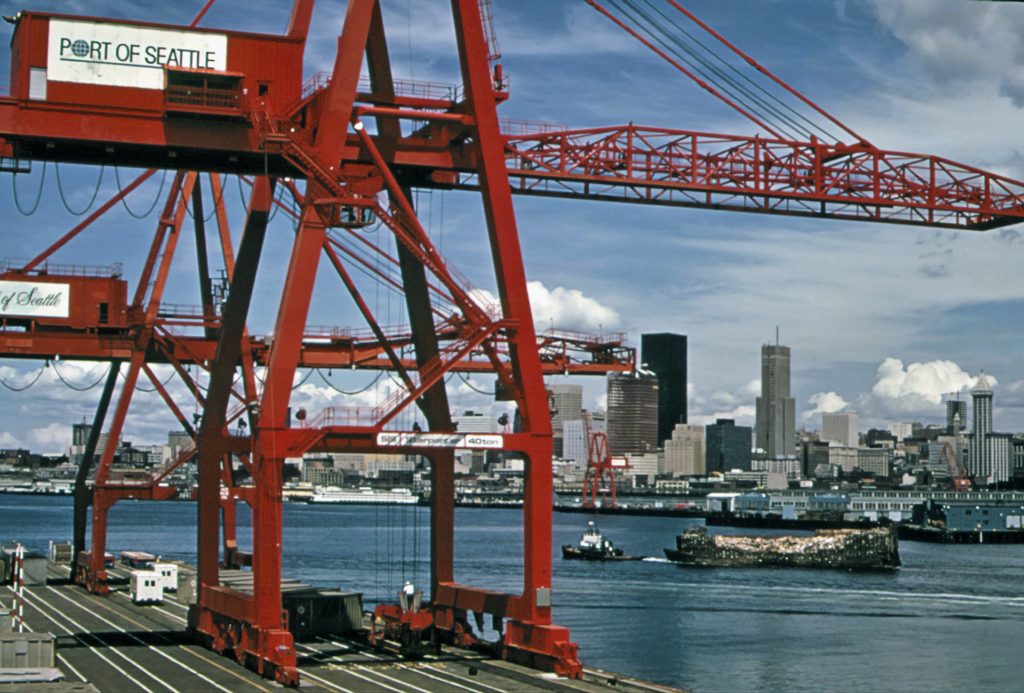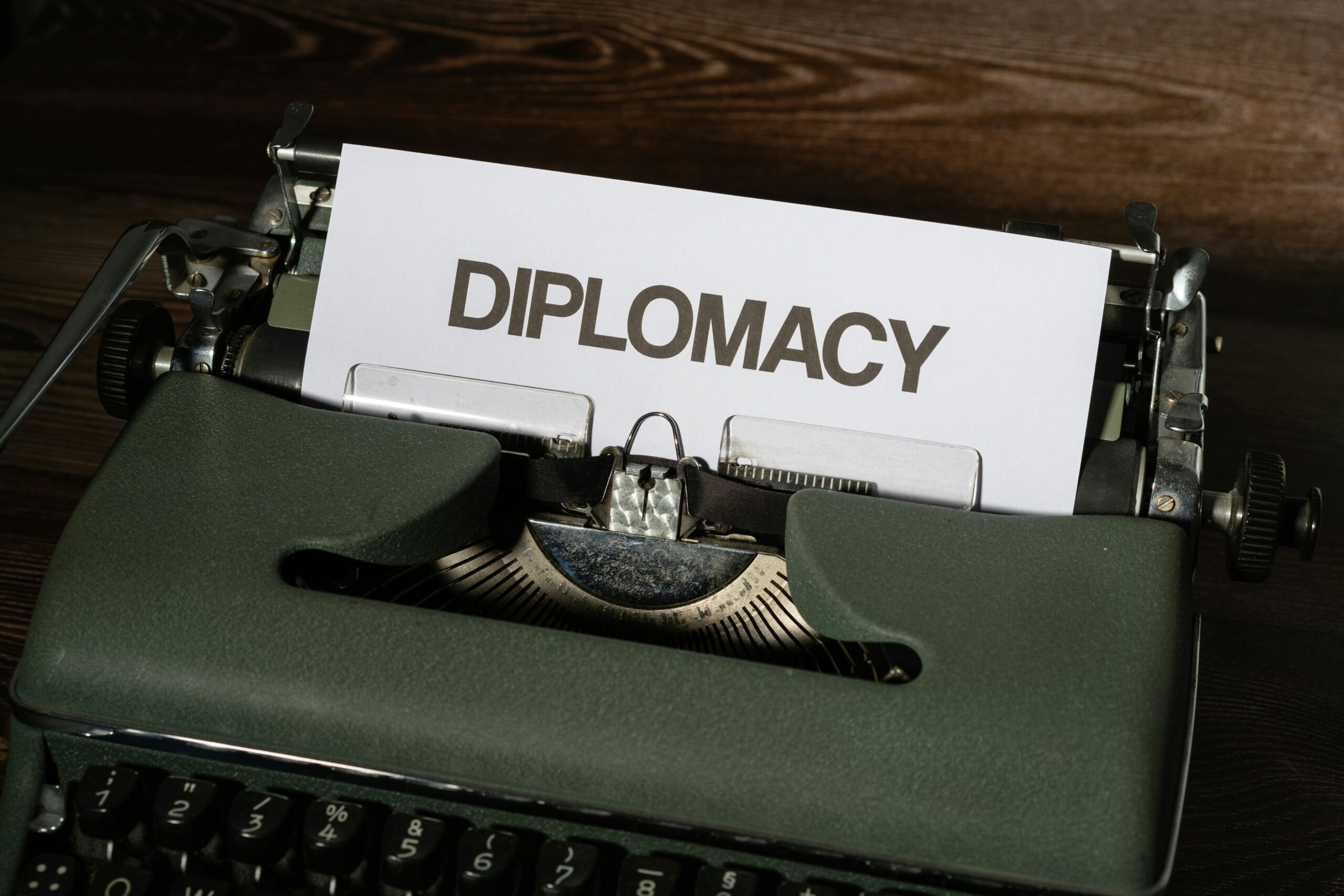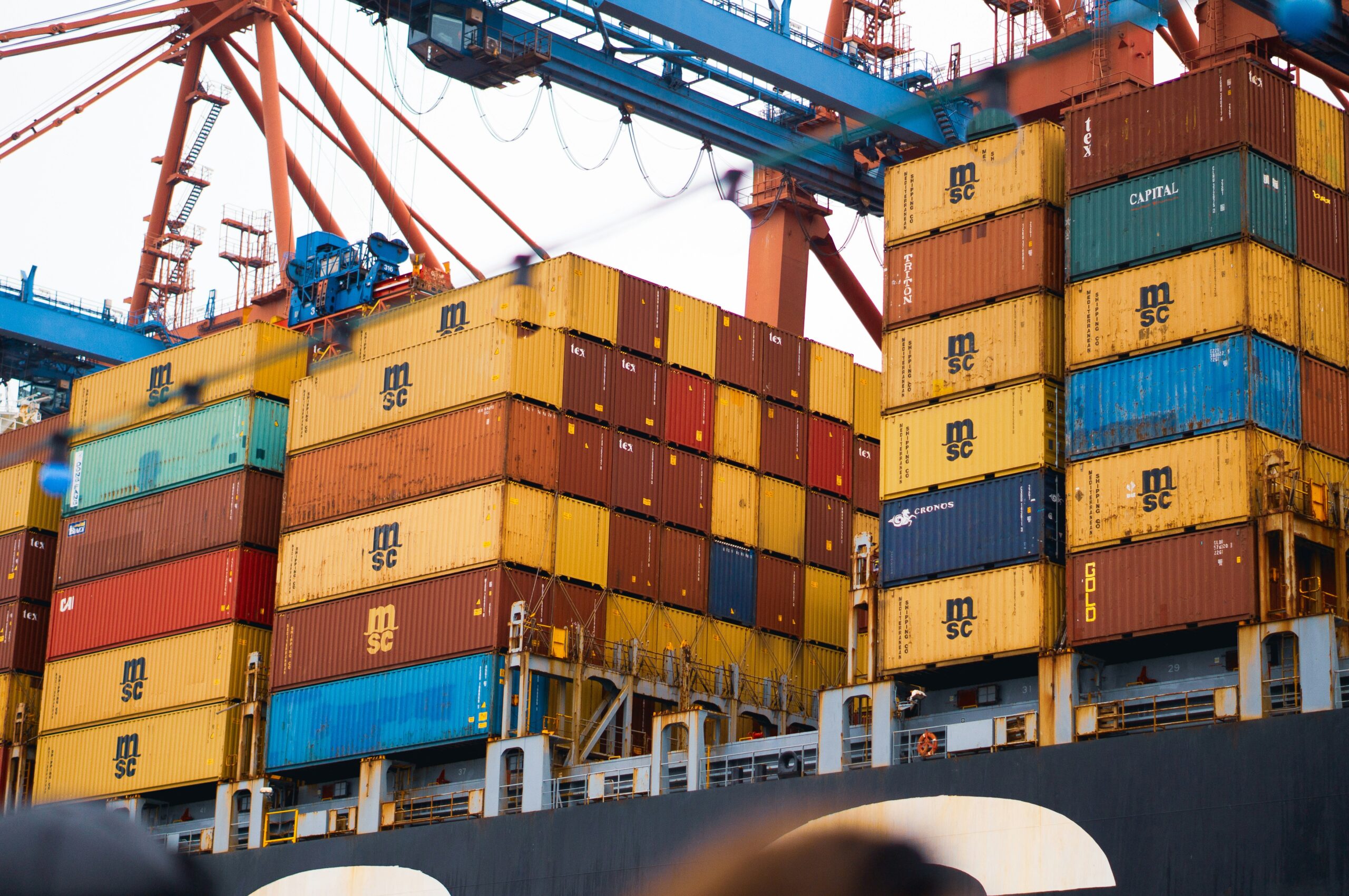A planned free trade pact between the United States and 34 nations in North, Central, and South America as well as the Caribbean is called the Free Trade Area of the Americas. Cuba is the exception. It was never completed despite the countries working on it for a decade. By their deadline of 2005, the parties were unable to agree. However, current debates have not been rendered invalid; fresh discussions are anticipated.

History
The Summit of the Americas was hosted by the United States in Miami in December 1994 following the signing of NAFTA. Most of the Americas’ nations at the time desired to benefit from an agreement that would enable the area to compete with the EU. Up until 1998, when they started the FTAA process, not much was done. Market access, investments, services, government contracts, dispute resolution, agriculture, intellectual property rights, subsidies, antidumping and countervailing duties, and competition policy were the primary negotiation topics that the countries tackled through working groups.
Disagreements
The United States has sought a single comprehensive agreement during earlier negotiations to lower trade barriers for products while enhancing intellectual property protection. Specific intellectual property safeguards might include copyright provisions modeled after the Digital Millennium Copyright Act and the U.S.-Australia Free Trade Agreement here. The importation or cross-importation of pharmaceuticals would have likely been prohibited by another safeguard, comparable to the planned deal between the US and Canada. Brazil proposed a three-pronged strategy that included bilateral agreements to lower specific tariffs on imports, a hemispheric agreement on rules of origin, and a method for resolving disputes. Brazil suggested leaving the more contentious matters to the WTO and leaving them out of the FTA. The most recent summit took place in Argentina’s Mar del Plata in November 2005; however, no FTA was reached. Twenty of the 39 participating nations agreed to meet again in 2006 to continue the negotiations, but no meeting was held. It was not promising that the Mar del Plata meeting failed to establish a thorough FTA agenda.
Member nations
The FTAA would have been established between all these nations if it had been ratified. However, many of them have instead ratified bilateral trade agreements or investment treaties with the US.
North America
Canada and United States
Caribbean countries
Antigua and Barbuda, Bahamas, Barbados, Dominica, Dominican Republic, Grenada, Guyana, Haiti, Jamaica, Saint Kitts and Nevis, Saint Lucia, Saint Vincent and the Grenadines, Suriname, Trinidad, and Tobago.
Central America
Belize, Costa Rica, El Salvador, Guatemala, Honduras, Mexico, Nicaragua, and Panama.
South America
Argentina, Bolivia, Brazil, Chile, Columbia, Ecuador, Paraguay, Peru, Uruguay, and Venezuela.
Advantages
The deal would have united a 972-million-person trade region with a $25.4 trillion GNP in 2014. It would have given the Americas an edge in trading with the EU and China’s Pacific trade agreements, like NAFTA here. Depending on the outcome, it could have helped less developed nations compete with Mexico and Brazil. They’d have access to those markets. A large domestic market helps American consumer goods and technology succeed. This market may test new products before export. Smaller businesses could have benefited from technology and cutting-edge manufacturing techniques if they had partnered with larger American companies. This large market would have allowed these businesses to reduce operational costs through economies of scale. Without that, it’s hard for small nations to compete globally in anything but a specialized industry. This makes it difficult for nations to abandon traditional economic foundations.
Disadvantages
Doha trade deal stalled for the same reason as NAFTA, CAFTA-DR, and FTAA. It’s the unfair advantage federal subsidies give American agricultural exports. A glut of cheap American food makes it hard for local farmers to compete, forcing many out of business. They would be forced to work in American factories in those countries. These aren’t permanent jobs because the industries are constantly moving. The jobs are underpaid and break U.S. laws. Due to high prices or drug gang pressure, farmers on their land grow illegal coca, poppies, and marijuana. Bloodshed causes mass migration to the U.S., both legally and illegally. But FTAA has other issues. Countries must treat corporations as legal persons. Countries couldn’t defend small industries like farmers. Foreign businesses weren’t required to donate to the nations or communities where they operated. That meant they could have bought or rented land rich in resources, mined them, and kept the profits without giving back to the nation or its citizens. Locals are often evicted from their villages, hired by corporations, and left to deal with pollution and illness.



